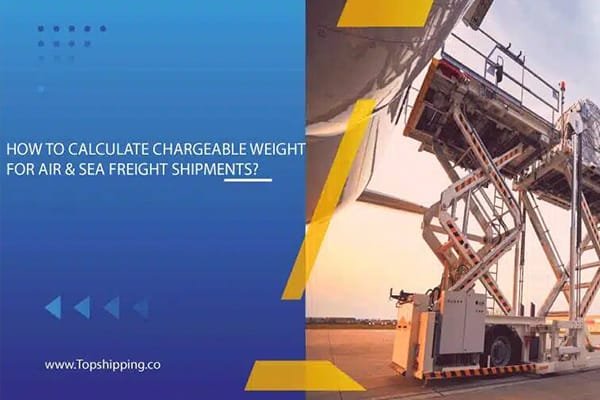

Table of Contents
Speaking of chargeable weight for shipment, there is a great misunderstanding that may differ between the actual weight and chargeable weight of a package. One factor is dependable, which is the Chargeable weight. It means that big but light packages could be charged by size and not actual weight. Companies do this to make sure that pricing is appropriate and space is used efficiently in transport.
Chargeable weight calculation helps develop effective shipping cost optimization and proper logistics process streamlining. Given that, attention to actual weight and volumetric dimensions allows companies to avoid unexpected charges by ensuring space efficiency in shipments. The understanding of the calculation of chargeable weight allows businesses to negotiate better rates with carriers using the accurate data provided to them, hence allowing eventual cost savings with improved operational efficiency.
Explanation of chargeable weight in logistics:
Chargeable weight is a method that the carriers use to find the cost in logistics, and it is not necessarily the actual weight of the shipment.
The carriers always go for the higher value between actual weight and volumetric weight.

- Actual Weight: Actual weight is considered as the total weight of a shipment that is weighed on a weighing scale.
- Volumetric Weight: Sometimes referred to as dimensional weight, it is an imaginary weight of calculating the size or volume of a shipment. It is applied when the actual weight and size of the package are not in proportion. It is determined by multiplying the length, width, and height of the package with the volumetric divisor that the carrier provides. This is to take into consideration the amount of space the package occupies.

This is done by taking the higher of the two between actual weight and volumetric weight. It’s utilized by carriers to derive shipping costs ,hence, this considers mass aside from the space occupied.
This way, a shipper pays an amount that reasonably compensates carriers for delivering goods against whatever mode of transport is used: air, ocean, road, or rail. Knowing what chargeable weight is helps a business properly plan logistics and budget accordingly.
Air Freight:
Air freight or air cargo transportation, on the other hand, is sending goods by aircraft. It falls into one of the fastest and most viable ways to send goods over a long distance, particularly in urgent situations. It usually finds its application in perishable goods, expensive items, and commodities which have been ordered urgently.
Some of its defining features are:
- Speed: By air, freight is one of the quickest ways of transport, especially when there is urgent delivery. Goods arrive in hours or within days depending on the distance.
- Global Reach: Air freight enables companies to send goods to almost any location in the world; it bridges gaps between far markets and promotes international trade.
- Reliability: Airlines have very tight schedules with reliability and consistency in shipment. Such dependability is very important to companies that have tight delivery schedules.
- Security: Airports maintain tight security to reduce the likelihood of theft or damage to goods being transported. This provides an assurance of safety for both the sender and the receiver.
- Traceability: Most air freight carriers have tracking services that enable the shipper to track where the shipment currently is, its status, and other real-time information.
It, however, may be more expensive than other modes of transports like ocean freight or road transport. In such instances, the speed and efficiency justify the high costs, especially for shipments that are either urgent or of high values. Air freight is an important component of global supply chains as it provides one of the fastest and most reliable methods of intercontinental goods movement.
Factors affecting chargeable weight calculation:
Several factors are considered in calculating chargeable weight in logistics:
Actual Weight vs. Volumetric Weight: As earlier stated, the carriers calculate the chargeable weight as the higher value between the actual weight and the volumetric weight of the shipment. Hence, it is very important to consider both the actual weight and volumetric weight in this respect.
Package Dimension:
The size or dimension of a package has a direct influence on volumetric weight. Packages that have much volume but less actual weight may result in higher volumetric weight, which affects the calculation of chargeable weight accordingly.
Density of Goods :
The density of the goods to be shipped affects the chargeable weight. Items with low densities but large in volume may fall into a higher volumetric weight, thus affecting the chargeable weight.
Volumetric divisor or factor:
Volumetric divisors or factors used to calculate the volumetric weight by carriers.
The volumetric divisor applied can vary from carrier to carrier and may also be worked out in different ways with respect to final chargeable weight.
Mode of transportation:
In the case of different modes of transportation, such as air, ocean, road, or rail, the rules and ways of calculation may vary about how much chargeable weight will apply.
In cases like air freights, volumetric weight calculations are usually more stringent given the space constraints.
Carrier regulations and policies: Each carrier may have its own regulations and policies regarding the calculation of chargeable weight.
Not only should such regulations be understood, but also their implementation in practice, in order to avoid eventual discrepancies in charges.
Packaging Efficiency:
Packing efficiently can reduce volumetric weight, hence chargeable weight. Properly packing goods for maximum utilization of space can save costs in transport.
With considerations like these, and the way in which they play a role in the calculation of chargeable weight, this can have an important bearing on the development of an appropriate budget and planning in logistics operations.
Ocean Freight:
Ocean freight, more commonly known as sea freight, is the transport of commodities by sea services over oceans and seas. It is one of the main methods for transferring large cargo quantities around the globe and offers business ventures cost-effective means of running international trade.

Key points about ocean freight:
- Cost-effective: Ocean freight is generally inexpensive compared to other modes of shipment. This option would be ideal for those companies that would wish to save shipping dollars in exchange for less urgent shipments.
- Large carrying capacity: It can carry massive amounts of cargo in a single trip, and hence ocean freight is ideal for any business dealing with bulk consignment.
- Global Reach: Ocean freight connects nearly all the important ports of the globe, and trade between different continents is easier with ocean freight. It really opens markets for enterprises in expanding globally.
- Cargo Diversity: Ocean freight offers a variety of services to carry dry goods, perishable items, vehicles, and oversized merchandise. There are specialized containers to allow safe transportation.
- Variable Transit Times: Ocean freight is rather cheap, but there are a lot of variables in terms of distance, route, and weather and congestion at the ports. Firms have to consider all these aspects and be prepared with the delay factor in mind.
- Environmental Impact: Ocean freight emits much less carbon per cargo unit than air freight does, hence it is really an eco-friendly transport. All the same, shipping needs to forge ahead with greening activities in the industry.
In other words, ocean freight is that linchpin upon which global supply chains depend. It enables the predictable, economical transportation of goods over really long distances. The business world uses ocean freight to tap foreign markets, manage inventories, and streamline supply chains.
Different method for calculating chargeable weight
The only other alternative way of making the calculations for chargeable weight is the Dimensional Weight, or DIM weight. Here is how it’s done:
Measure the package dimensions in inches or centimeters by taking its length, width, and height.
Calculate Volume The volume of a package in cubic inches or in cubic centimeters is determined by multiplying length times width times height.
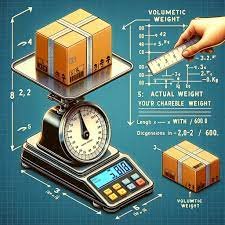
- Apply Dimensional Factor: The volume of the package is divided by a dimensional factor provided by the carrier. The dimensional factor would therefore imply that there is a set conversion rate by the carrier from volume to weight. For example, if the dimensional factor is 139 for air freight, the package’s volume is divided by 139 to arrive at the DIM weight in pounds.
- Actual Weight versus DIM Weight Comparison: Compare the actual weight of the package in pounds or kilograms with the DIM weight. Whichever is greater will be the chargeable weight.
That allows carriers to use DIM weight to calculate the space larger-but-lighter packages take up. This will allow carriers to bill correctly for the shipment’s correct weight and volume on both counts and ensure fair and balanced pricing within the transport industry.
Two Types of Weight
The two weight measures the carrier checks to calculate shipment fees are: Actual weight, sometimes referred to as gross weight: it is everything in the shipment including packaging and pallets. It is usually in kgs.
Second, there is volumetric or dimensional weight, which is computed from the shipment dimensions in length, width, and height in centimeters. The said dimensions are multiplied to obtain the volume; volumetric weight comes from a given density ratio. All packages have to be counted. It is also in kgs, just like the actual weight.
Given that both actual and volumetric weights have been considered, both give a full reflection of the features of the shipment. This, therefore, means that charges are keenly provided based on both weight and volume.
Calculating the Volumetric Weight of Your Shipment
The density ratio applied to your shipment depends on the chosen transportation mode. Let’s calculate the volumetric weight for the same shipment using different modes:
Air Freight:
Density ratio: 1:6 Formula: ((L x W x H, in centimeters) / 6,000) x number of packages
Calculation: ((120 x 80 x 50) / 6,000) x 2 = Our shipment has a volumetric weight of 160kg.
Ocean Freight:
Density ratio: 1:1 Formula: ((L x W x H, in centimeters) / 1,000) x number of packages
Calculation: ((120 x 80 x 50) / 1,000) x 2 = Our shipment has a volumetric weight of 960kg.
Note: This calculation applies to less-than-container-load (LCL) shipments;
for full-container-load (FCL) shipments, a per-container charge replaces the volume-based charge.
Rail Freight:
Density ratio: 1:3 Formula: ((L x W x H, in centimeters) / 3,000) x number of packages
Calculation: ((120 x 80 x 50) / 3,000) x 2 = Our shipment has a volumetric weight of 320kg.
Road Freight:
Density ratio varies by location and carrier, so check with your intended carriers for full information.

Always Read the Small Print
Carriers may occasionally apply different density ratios, affecting the volumetric weight.
For instance, if you’re accustomed to using a 1:3 ratio for inland transportation but encounter a specific shipment with a 1:2 ratio, the volumetric weight of the same shipment would change from 333.33 kg to 500 kg.
So What Will My Shipment Cost?
Recall carrier’s discretion and the principle of “whichever is greater” comparing actual weight and volumetric weight, charging on the high figure.
This industry practice can be justified to some extent; for example, a plane has weight limits and limited belly capacity, hence both the weight and volume of cargo must be under control.

Cargo with big machinery parts is normally heavy but dense. The actual weight is most likely over the volumetric weight.
On the other hand, cargo consisting of individual plastic components in protective polystyrene packaging can be lightweight but take up considerable space; hence, this may have a higher volumetric weight than the actual weight.
One way or the other, your shipment is always charged based on the highest of the two: the actual weight or the volumetric weight.
Chargeable weight is a very important area in the logistics business, as it determines shipping cost and efficiency.
In this respect, the estimation of the chargeable weight would help a business optimize resources by reducing extra costs incurred due to misjudging the weight of items.
This calls for a company to be fully informed about the calculation process and standards within the industry to reduce any possibility of discrepancy in case billing occurs.
All these can be simplified and made more accurate to handle through various technological and software solutions.
The setting of accurate chargeable weight calculations can make any business competitive and stay competitive in a constantly changing logistics world.

TopShipping
With years of experience in logistics and freight forwarding, the author is passionate about making shipping smoother and more efficient.
As a leader at TopShipping, they’ve developed a deep understanding of supply chain management, international shipping rules, and creative logistics solutions. They’re driven by a desire to help businesses succeed by delivering reliable, customer-focused services.
Over the years, they’ve also shared their expertise by writing for various industry publications, offering practical tips and insights on the latest trends in logistics. Thanks to their leadership, TopShipping has become a trusted name for companies looking for hassle-free global freight solutions.
Comment Section
Comment
Write your idea about "Calculating chargeable weight by air freight and ocean freight"


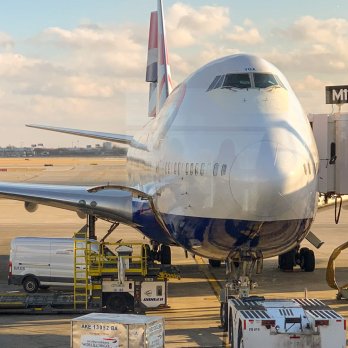



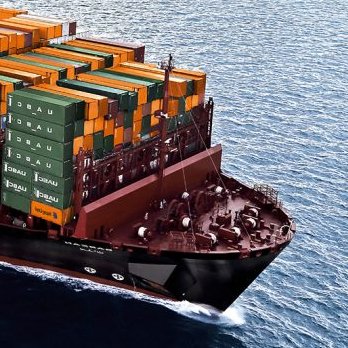
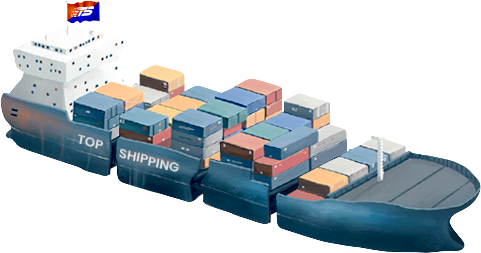
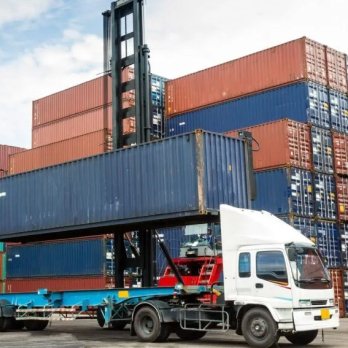
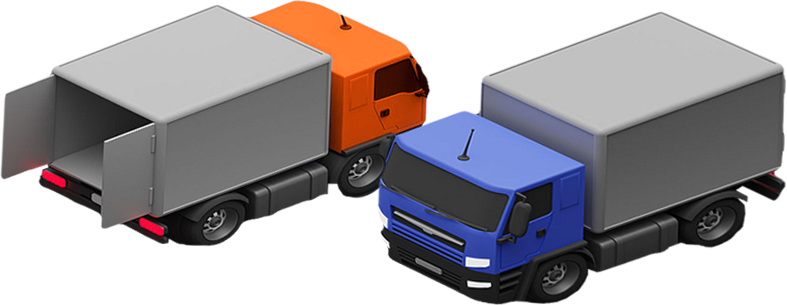
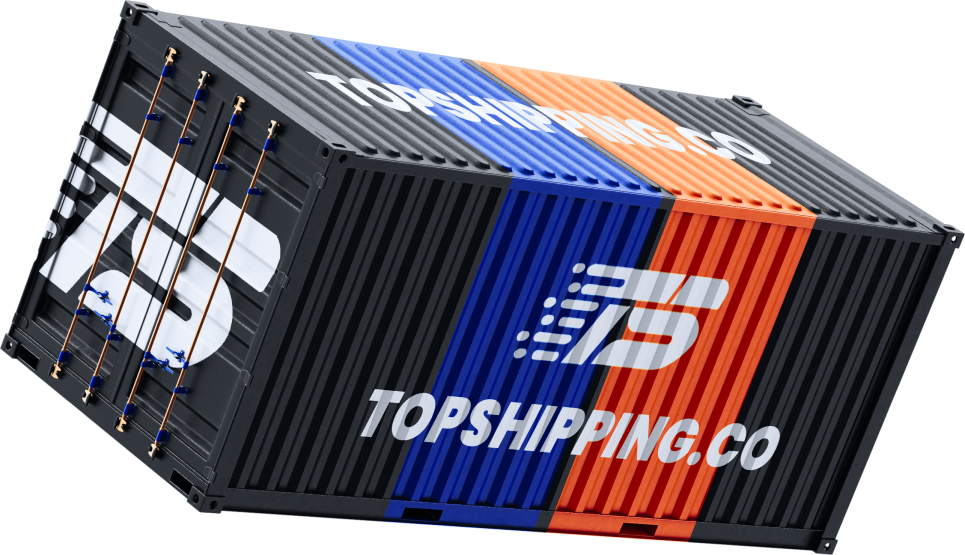




No comments yet.